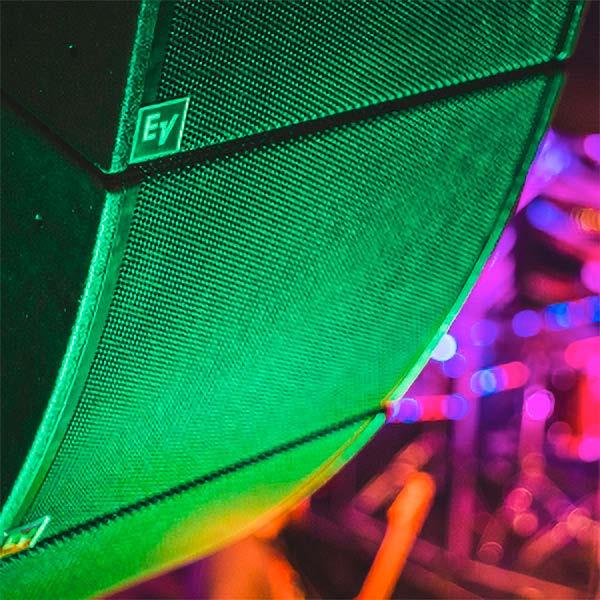
3 minute read
HDBaseT vs AVoverIP
by Clay Stahlka, CTS-D, Starin
HDBaseT was a wonderful improvement over traditional, proprietary extender products back in 2010. No longer did we have to choose one brand, specialty cable, or calculate distance requirements. With HDBaseT, we could send ultra-highdefinition video & audio, Ethernet, control, USB and up to 100W of power over a single, twisted-pair cable for up to 328 feet. Additionally, we could use one brand’s transmitter with another brand’s receiver because the standard was at last established.
Advertisement
HDBaseT is STILL a one-trick pony. Just a more forgiving one. On the other hand, AVoverIP is a broad category of products that sends the AV signal over a LAN. You know, an active network like the one you’re connected to right now. You could be sending email, chatting, transferring files, AND sending ultra-high-definition video & audio, Ethernet, control, USB and power over the existing LAN. Sounds like a no-brainer, right? Then, why are AV Professionals not embracing this technology en masse? I believe that the answer to this question
is based primarily on the fact that network engineering is foreign to most of us, especially to those of us who have been around a while. We all have a pretty good idea of how a network works, but we don’t feel comfortable communicating our specific needs to an enterprise network engineer or IT director and convincing them this will not ruin their entire network. Plus, stereotypically, our industry is diametrically opposed to change. So, we fall back on what we know works, even when it may not be the most cost-effective or practical solution. Part of the solution is education, and the other part is plain, simple openmindedness.
The “real” difference between HDBaseT and AVoverIP is that HDBaseT is still a closed circuit. This means that whatever you plug into the transmitter is the only thing that is allowed to travel down the Category cable to the receiver. Period. Furthermore, alien cross talk in HDBaseT signals necessitated the use of shielded cable for it to be reliable. With AVoverIP, any and all network traffic can exist together on the network cable. It can be routed, switched, and delivered anywhere on the LAN. You are no longer limited to 328 feet of distance. Drop in a network switch and go another 328 feet, and so on. Need power? PoE++ can deliver 100 watts to wherever you need it. Can’t find a cable pathway? Use the existing network infrastructure in the building. Just think, one low-cost Cat5/6 cable, field terminatable, any distance, all signals. BOOM!
The only caveat to this is the bandwidth limitations of the network. On a busy enterprise network, you don’t want somebody watching a YouTube video to cause your camera feed to hiccup. So, you use a managed network switch and setup QoS or “quality of service” to prioritize your stream over regular network traffic as needed. This is where you simply communicate your specific needs to the IT department and let them do the heavy lifting. If there’s not a lot of network traffic, don’t worry about it. I recommend using a dedicated vLAN for the AV portion of the traffic so that there will be no concerns about security, bandwidth or access. You can put streaming video and audio, DANTE audio, and control system, all on the AV vLAN through PoE++ switches or injectors and power your devices, transport your signals and control your system anywhere in the facility. And remember, Cat6 cable is readily available for AV Professionals to use, with the lowest amount of labor required to terminate it. If you are wondering how this relates to NDI as a method for delivering video on a network, you are mistaken, though not alone. Like Dante, NDI is a licensed 3rdparty TCP layer that resides above the actual transport layer (like UTP, RTP, RTMP, RTSP) in a streaming network protocol. NDI adds a layer of additional instructions to enable easy plug-n-play setup. NDI is just one of the many network protocols that can be used to stream AVoverIP signals as I have described. Other than for one-to-one extension, why would you ever use HDBaseT extenders again? Any time that routing, switching, and distribution is a priority, AVoverIP should be considered.











